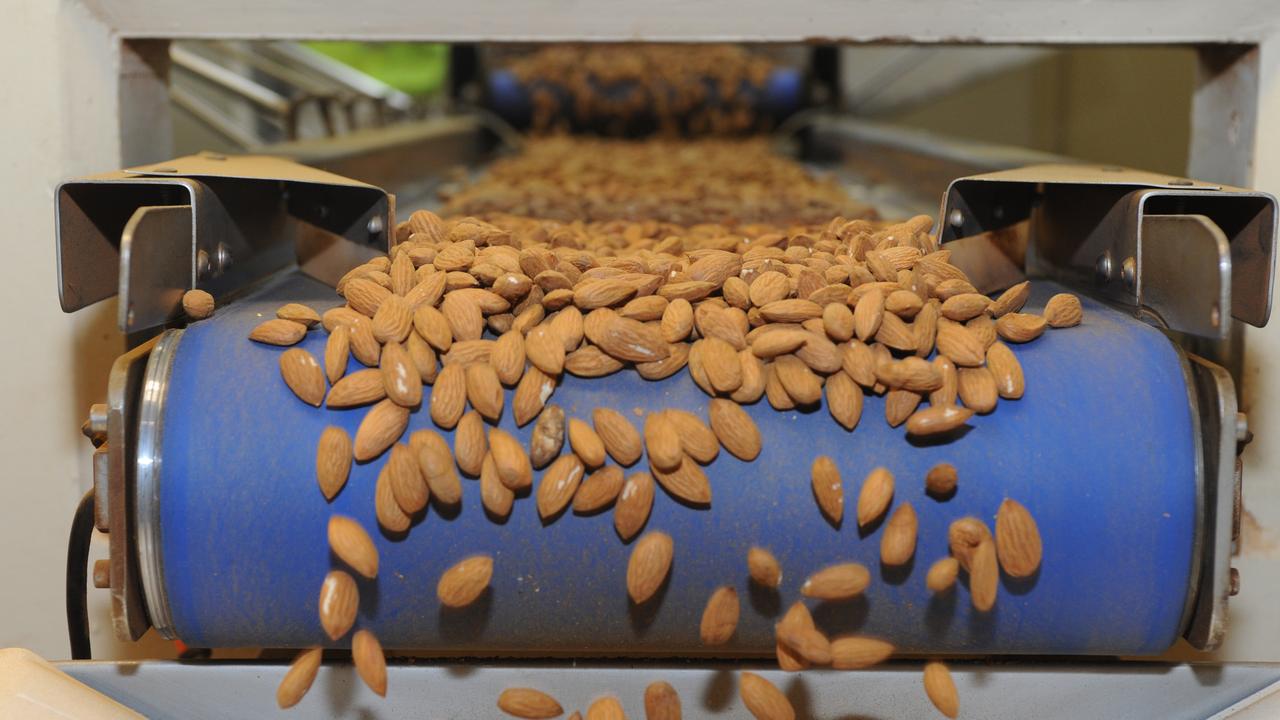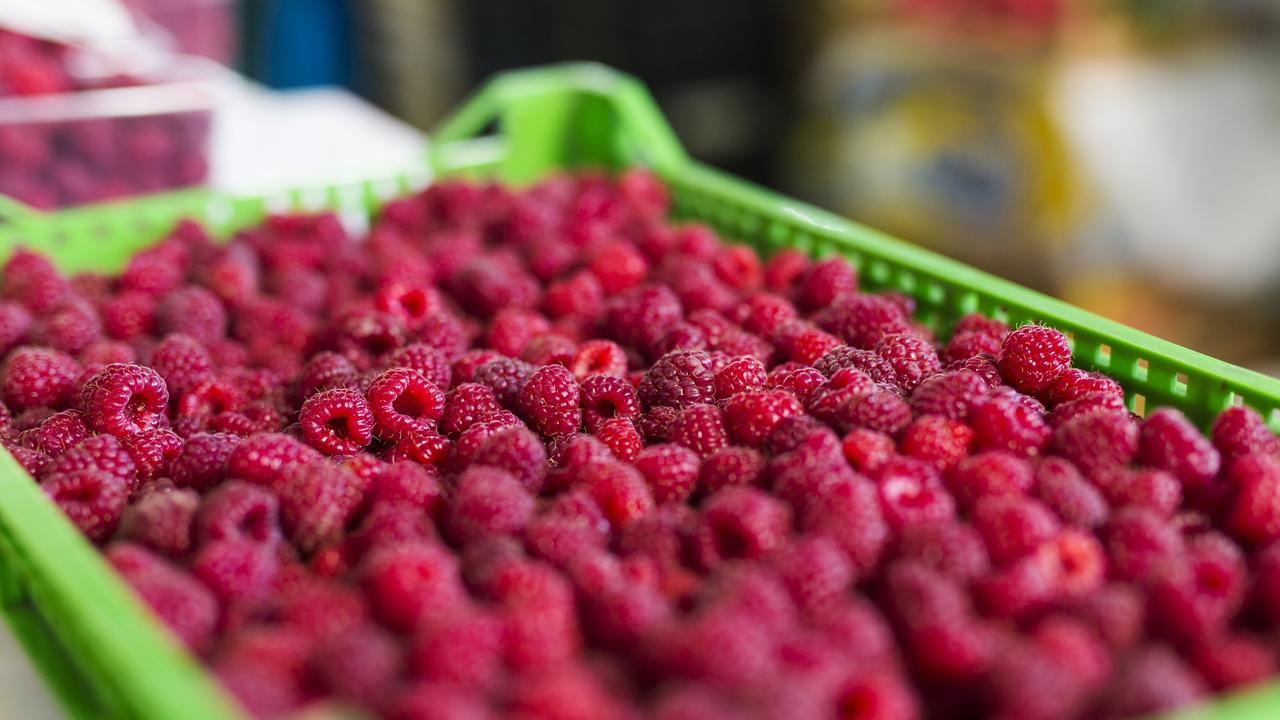Aiming for quality
HIGH quality fruit and good tonnes per hectare are as important as each other when seeking to improve profitability, according to Mildura Fruit Company grower services rep, Justin Lane.
HIGH quality fruit and good tonnes per hectare are as important as each other when seeking to improve profitability, according to Mildura Fruit Company grower services rep, Justin Lane.
Mr Lane provided advice to delegates on improving pack-outs and pricing at the recent Citrus Technical Forum in Mildura.
Mr Lane said aiming to set a navel crop of 45-50t/ha with fruit that fell in the right size range for the KCT (Korea, China, Thailand) program was the recipe for success.
Similarly, consistently achieving an Afourer crop of 55-60t/ha is more profitable than getting in to a biannual cropping cycle by overcropping the orchards.
“Wind blemish is generally the main reason fruit is downgraded to second or third grade,” he said.
“When developing an orchard, growers should consider windbreaks, spacing and patch layout because it certainly pays dividends.”
Mr Lane said pruning was important and that aiming to prune every tree every year had its rewards.
Once an orchard is in a routine of pruning the amount of pruning required per tree actually falls, becoming a maintenance prune, he said.
MFC run and pack about 180,000 bins (this is the equivalent of 75,000 tonnes) of fruit per year and have capacity to grow their packed volume.
They receive fruit from 120 growers with orchards of varying size, supplying anywhere from 10-15 bins, up to 15,000 bins each.
Mr Lane said it was important to note that the KCT market now preferred medium sizes.
It paid premium prices for counts 56s to 80s (72-87mm), C31 equivalent cartons (16kg).
Non-KCT pricing premiums are generally for 48s to 72s (74-90mm), C31 equivalent cartons (16kg).
Mr Lane gave an example of a grower who achieved close to $1000/t gross return.
His average first grade pack out was 16.8 cartons per bin (of a possible 23.3 cartons per bin) which included 14.4 cartons per bin that were KCT fruit.
That equates to 72 per cent first grade pack out and 62 per cent KCT destined fruit.
In comparison, better growers with late navels not eligible for KCT achieved 44 per cent less per tonne.
“In our experience, higher pricing orchards had high first grade pack outs due to regular pruning and the use of wind breaks,” he said.
“Those with lower prices had excessive scale and wind blemish on their fruit.”
Mr Lane also noted that factory prices for navels in their area at the moment were lower than the picking and freight costs.


